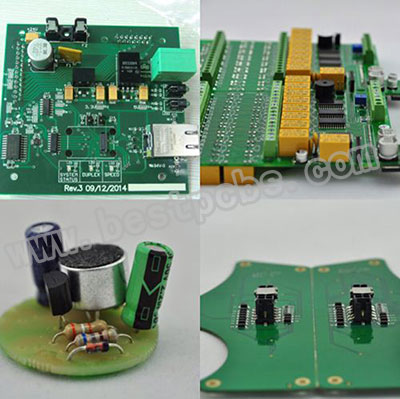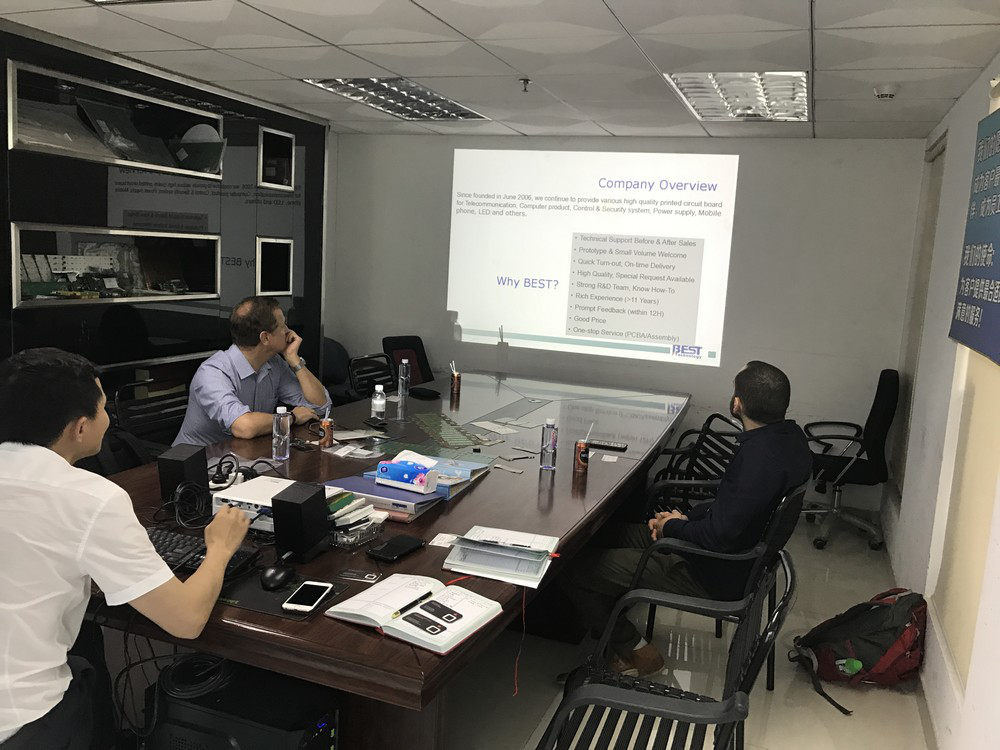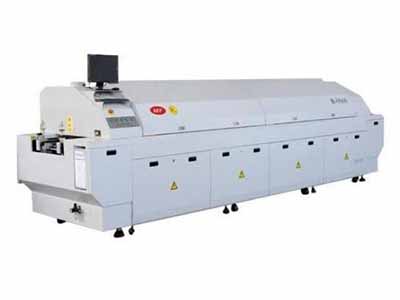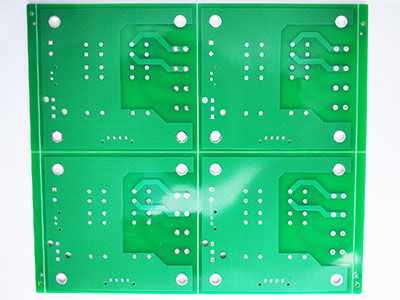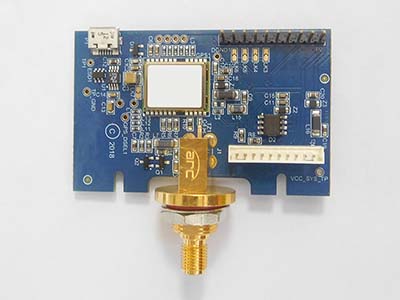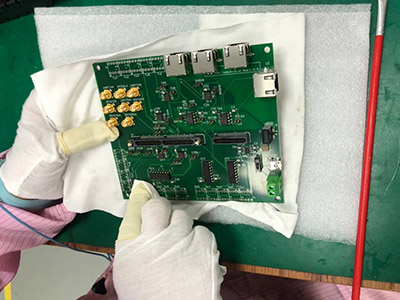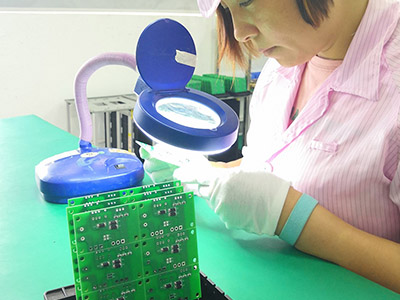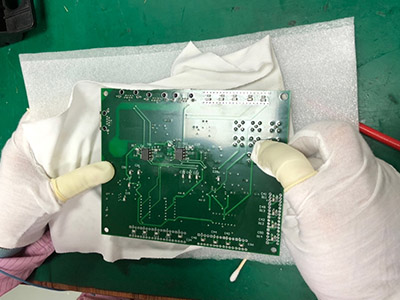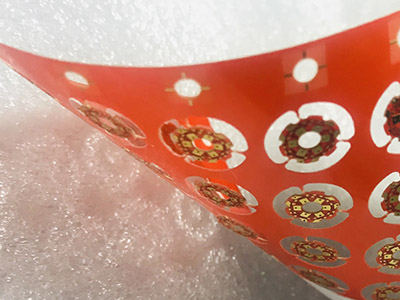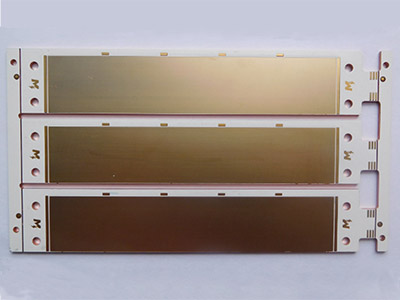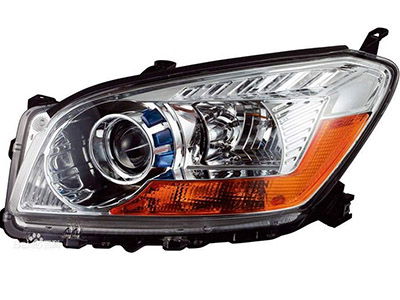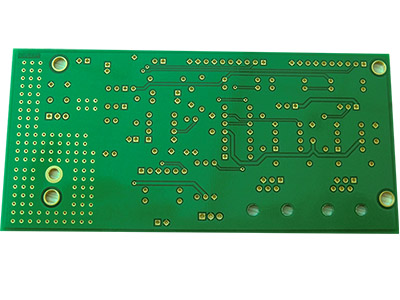Last time we have known that electrostatic discharge (ESD) account for the highest proportion of causes leading to the failure of high electrostatic sensitive devices and the generation of it. Therefore, today we are going to talk about what kind of damage the static will cause to the Printed Circuit Board and how to avoid it.
The Influence of Electrostatic
Under different circumstances, the electrostatic voltage carried by the human body ranges from hundreds of volts to thousands of volts. And when people touch the electronic components, there will be ESD, resulting in the damage to devices and the reduction of reliability. To make matters worse, ESD will break down the device and directly scrap the product.
Besides, the ESD will lead to a large pulse current, which will generate a lot of heat in the chip and printed circuit board, making them burn out. Moreover, the integrated circuits (IC) are built with denser lithography lines than before so that their ability to withstand electrostatic discharge becomes weaker. Therefore, it is necessary to prevent it.
Elimination of Electrostatic
Since the static will has a great impact on the PCB and electronic components, it is extremely significant to take precautions against the electrostatic by taking some measures. And here are some measures carried for eliminating the electrostatic in our workshop.
- Putting on anti-static clothes and hats. It is to prevent static existing in clothes and hair from influencing the board.
- Wearing anti-static wrist straps. The principle is to discharge the static from the human body to the ground through the wrist strap and grounding wire.
- Using static elimination instrument. What we have to do is to put just one hand on static elimination instrument, and do not leave our hand from it until the red light turns to green, which aims to eliminate the static existing in our body.
- Keeping a certain humidity in the workshop. Higher humidity is not prone to ESD. The higher the humidity is, the easier it is to conduct electricity. As a result, electrostatic cannot be stored in our body.
- Using anti-static packaging. When packaging, we have different packaging ways, such as anti-static bags, anti-static bubble film and so forth. And what to be used in packaging is up to our clients.
To sum up, electrostatic will cause damage to the Printed Circuit Board and electronic components so that it is necessary to take some measures to prevent it.
And this is the end of this trivia. If you would like to know more about PCB, you are welcome to contact us.
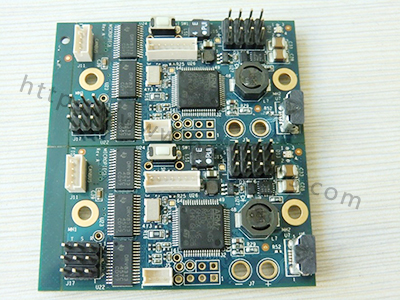
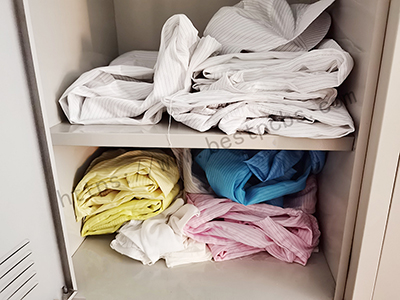
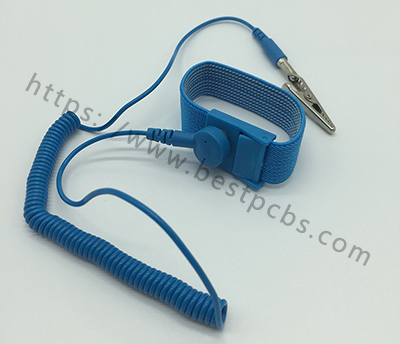
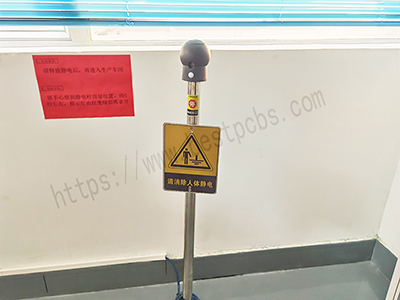
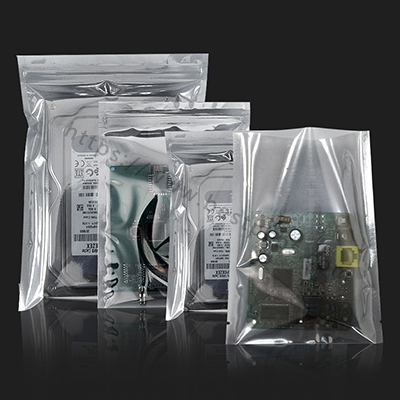

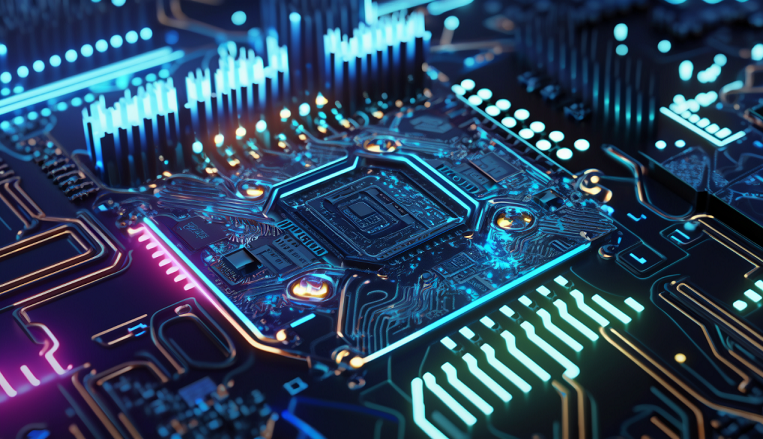
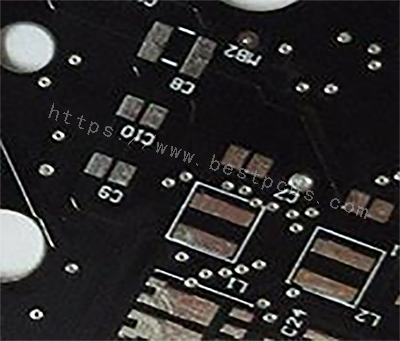

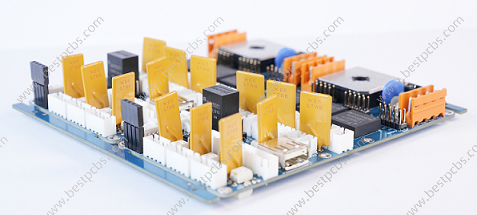

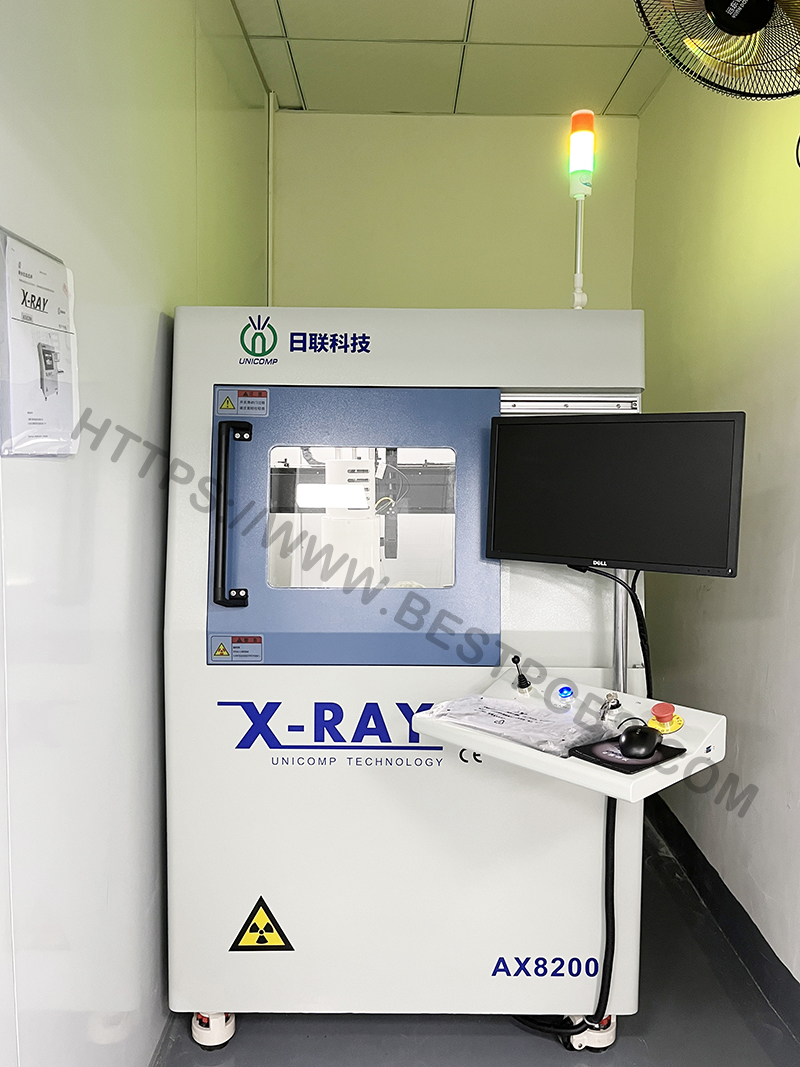
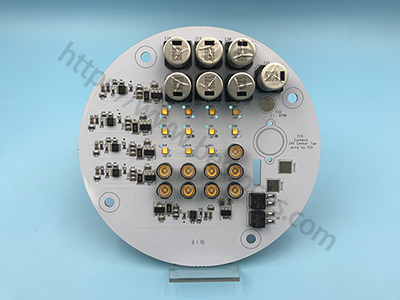

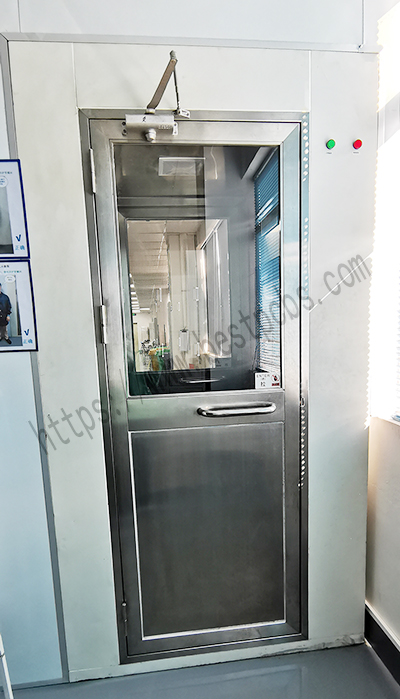
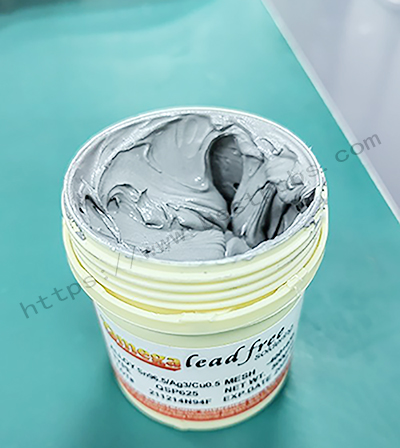
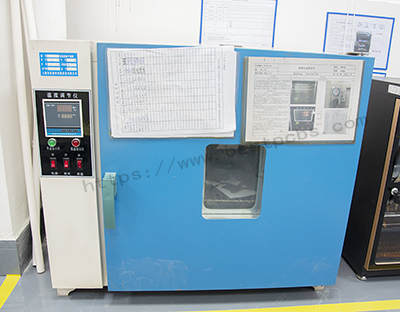
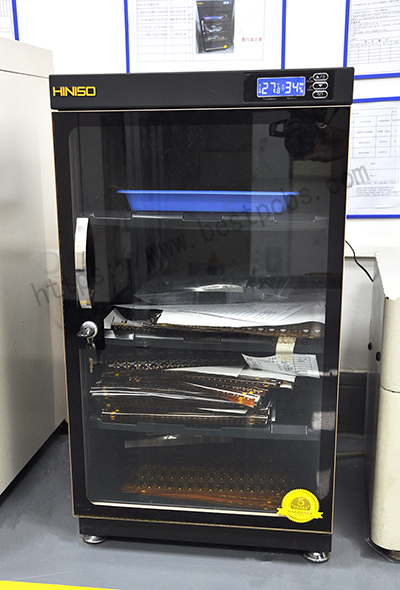
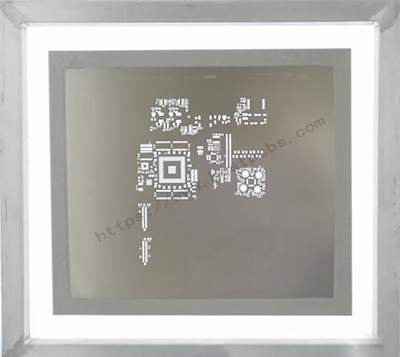
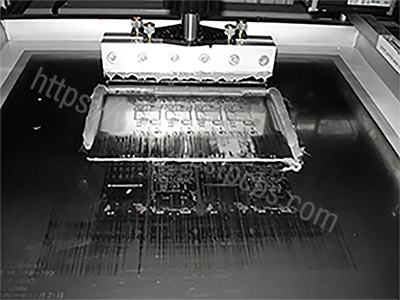
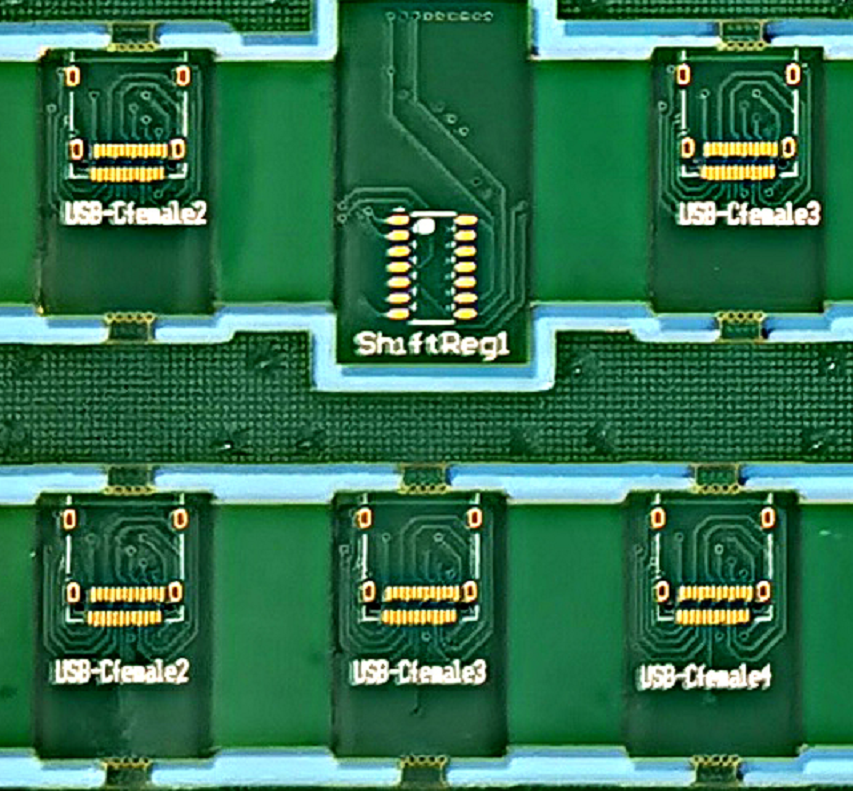
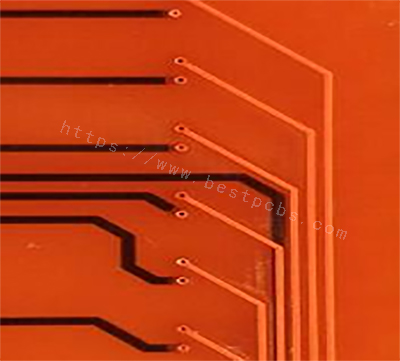
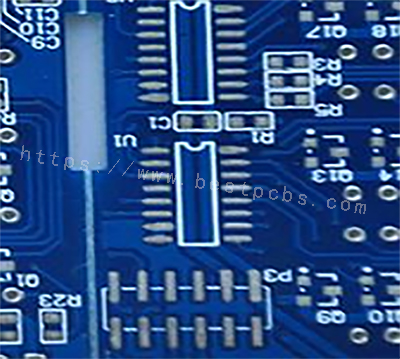
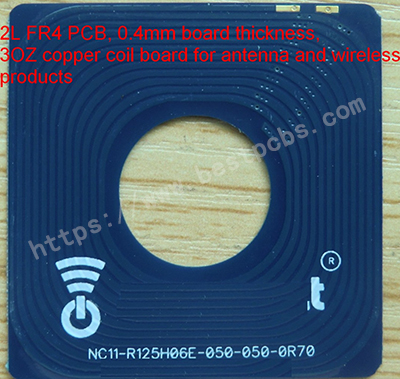


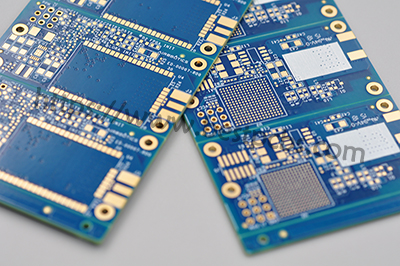
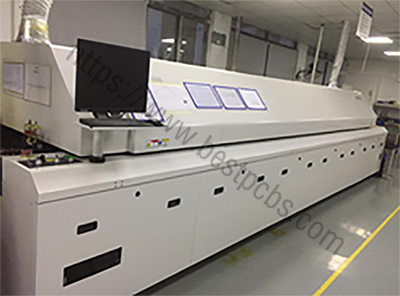
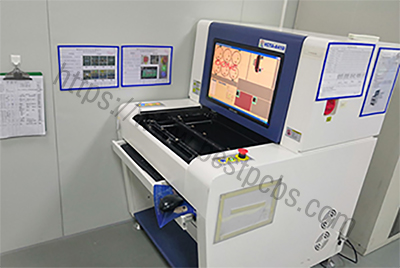
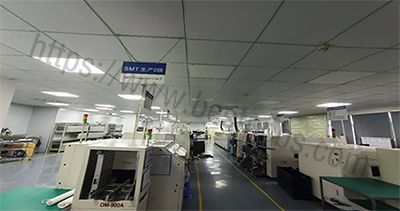

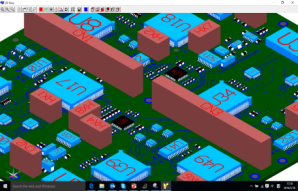
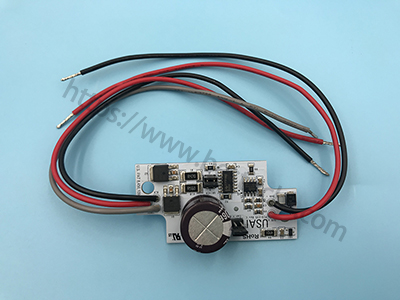
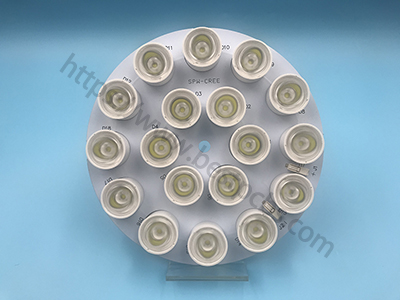

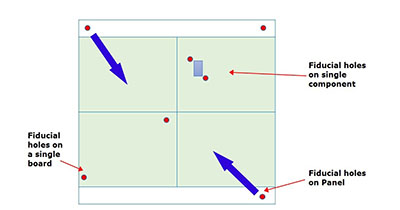
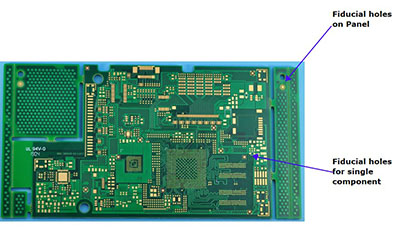
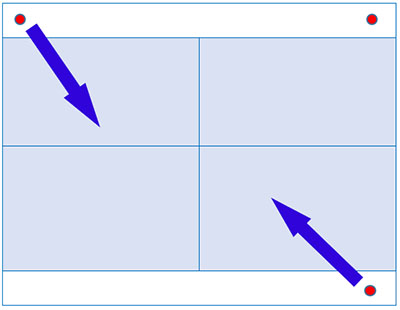
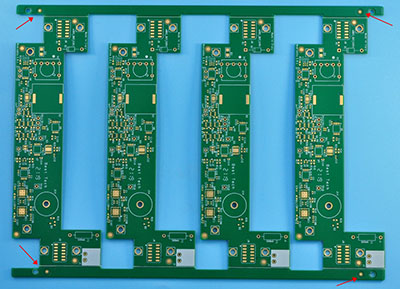
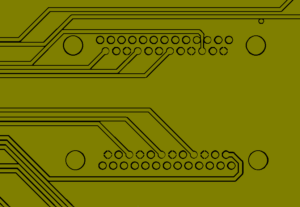
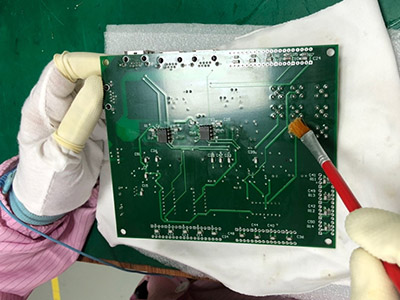
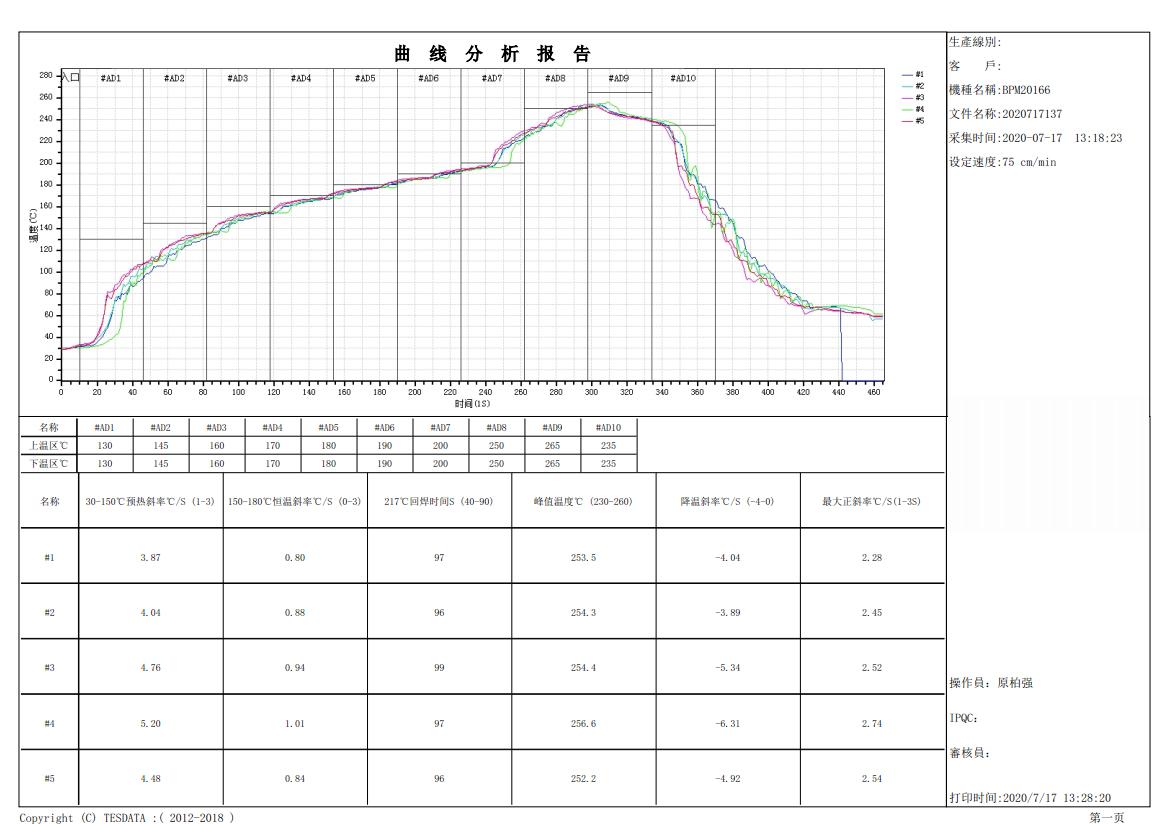
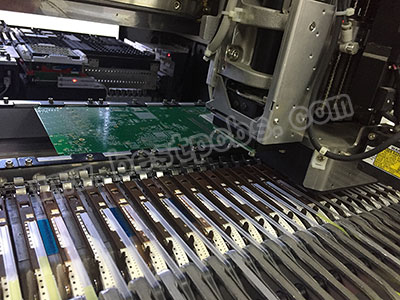
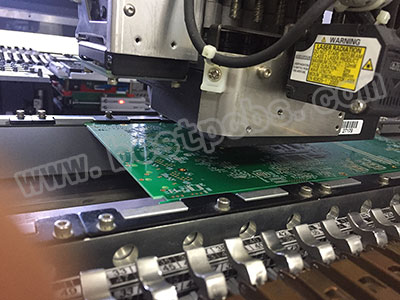
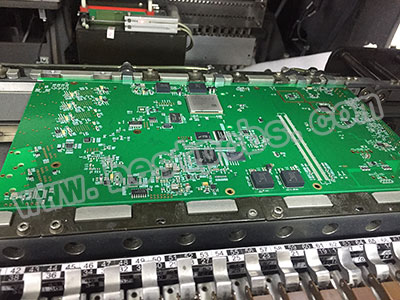
-s.jpg)
